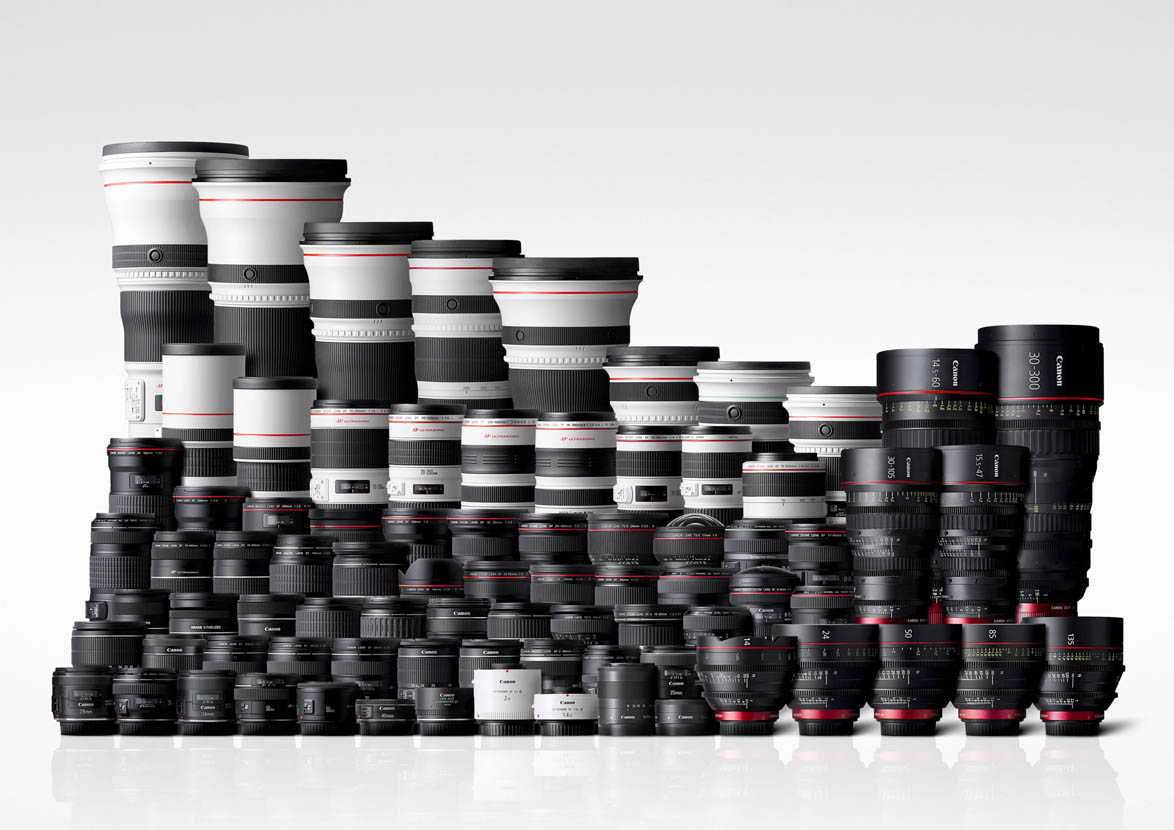I have been using a small rubberized 10×25 Canon binocular since I began photographing birds. As part of my ongoing camera bag weight reduction project I wanted something to replace the Canon – something that’s smaller, lighter and optically better.
Why a monocular?
Well, for two reasons, which are the following three: weight, size and because there’s no need for constant diopter adjustment that drives me crazy with most binoculars. I can work much faster with a monocular than with a bino – and speed is important to me because I use these kind of instruments for quick glances. It is a bit trickier to hold monoculars steady, and you need to look through them perfectly on-axis (like a riflescope) to avoid “blacking out”.
Why Leica?
I spent an entire weekend on researching the subject of monoculars. Man, there are tons of cheap monos out there! But they were ruled out pretty fast as I wanted something that’s small, light and has great optics.

Leica Monovid with the optional neck strap
This left only two choices: Zeiss and Leica. I’m not a huge fan on push-pull focusing used on Zeiss monos, so I bought a Lecia Monovid three months ago. For about $500 it’s definitely not a cheap one, but lives up to my high expectations.
In use
Build quality is first class. The focusing ring is smooth but have enough resistance to allow precise and quick focusing. Unfortunately focusing ring rotation is just the opposite of my Canon lenses (have to turn counter-clockwise to focus closer). You can easily grip both the tube and the focusing ring.
While we are at focusing. My preferred holding method that provides both steady image and easy focusing is the following: hold the Monovid in my left hand, between the tips of my index/middle/ring fingers (above the tube) and thumb (below the tube), and rest my hand on my forehead and nose. And focus with my right hand.
It is waterproof, nitrogen filled to prevent fogging and lenses have dirt and water repellent coating. But you get only an eyepiece cup. I would like to have a front lens cover too (actually it’s not a big deal as it usually hangs from my neck). Well, another missing thing is a neck strap. You receive a hand strap in the package, but I found the neck strap to be invaluable.
Most importantly, it is very good optically. The image is bright and with high contrast. My Canon produces a bit hazy view, and the Leica is much better. Colors are rich and deep. On the negative side, it has pronounced pincushion distortion and slight chromatic aberration towards the edges. All in all, it is a pleasure to look through the Monovid.
Minimum focusing distance is 1.8m – which is more than enough for me. But there’s a close-up lens in the box which reduces the MFD to 25cm. This lens (along with the supplied leather case) usually sits in the drawer. For those interested, the case has a belt loop and you can screw in the close-up lens into the case’s lid.
Conclusion
The Monovid weighs about 1/3 of my former Canon bino, for 3x the price… But it definitely worth the steeper price. It’s compact, lightweight, has superb image quality, and built in a way that lasts generations. Highly recommended.
☕ ☕ ☕
Did you enjoy this post? Consider buying me a coffee if so.








